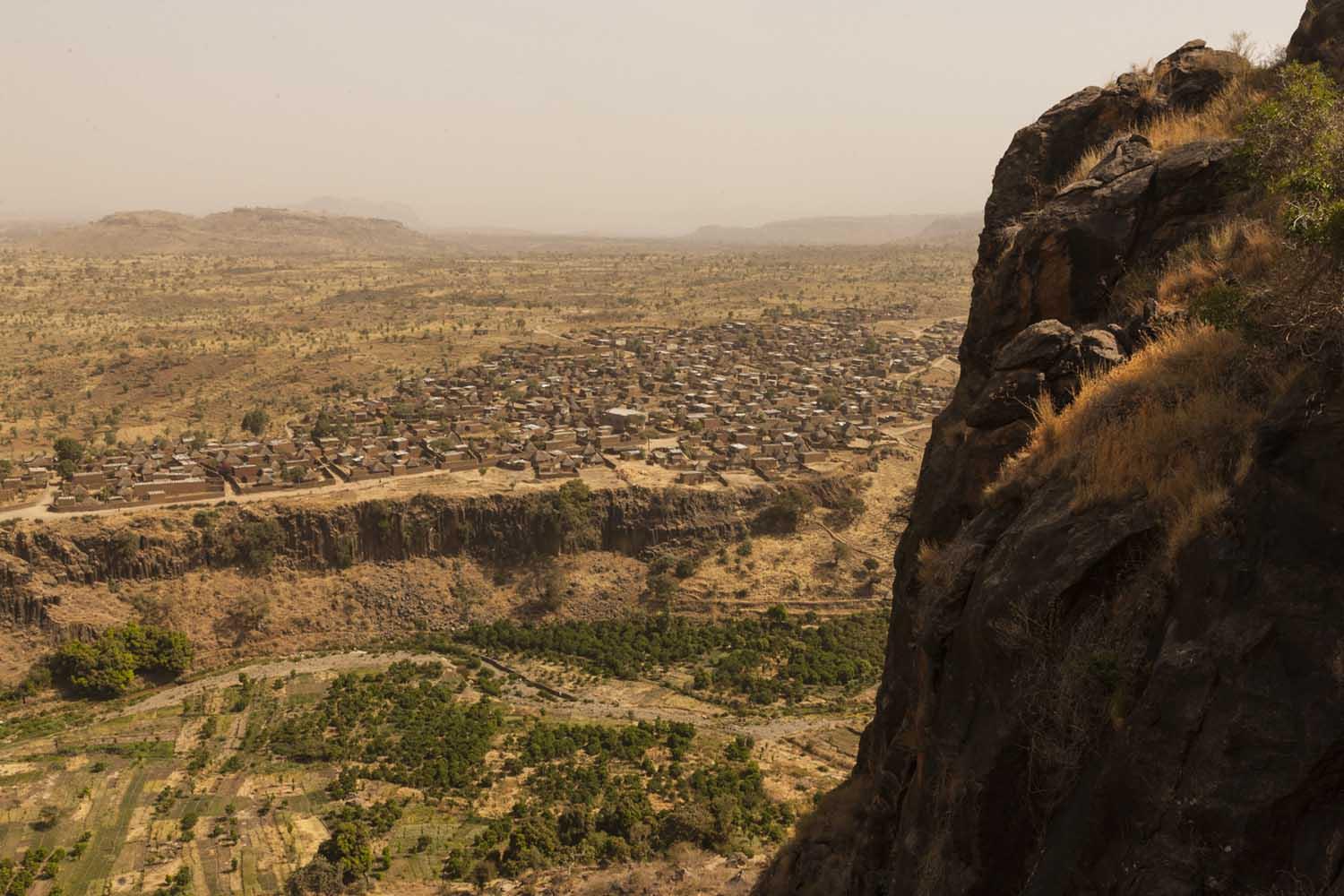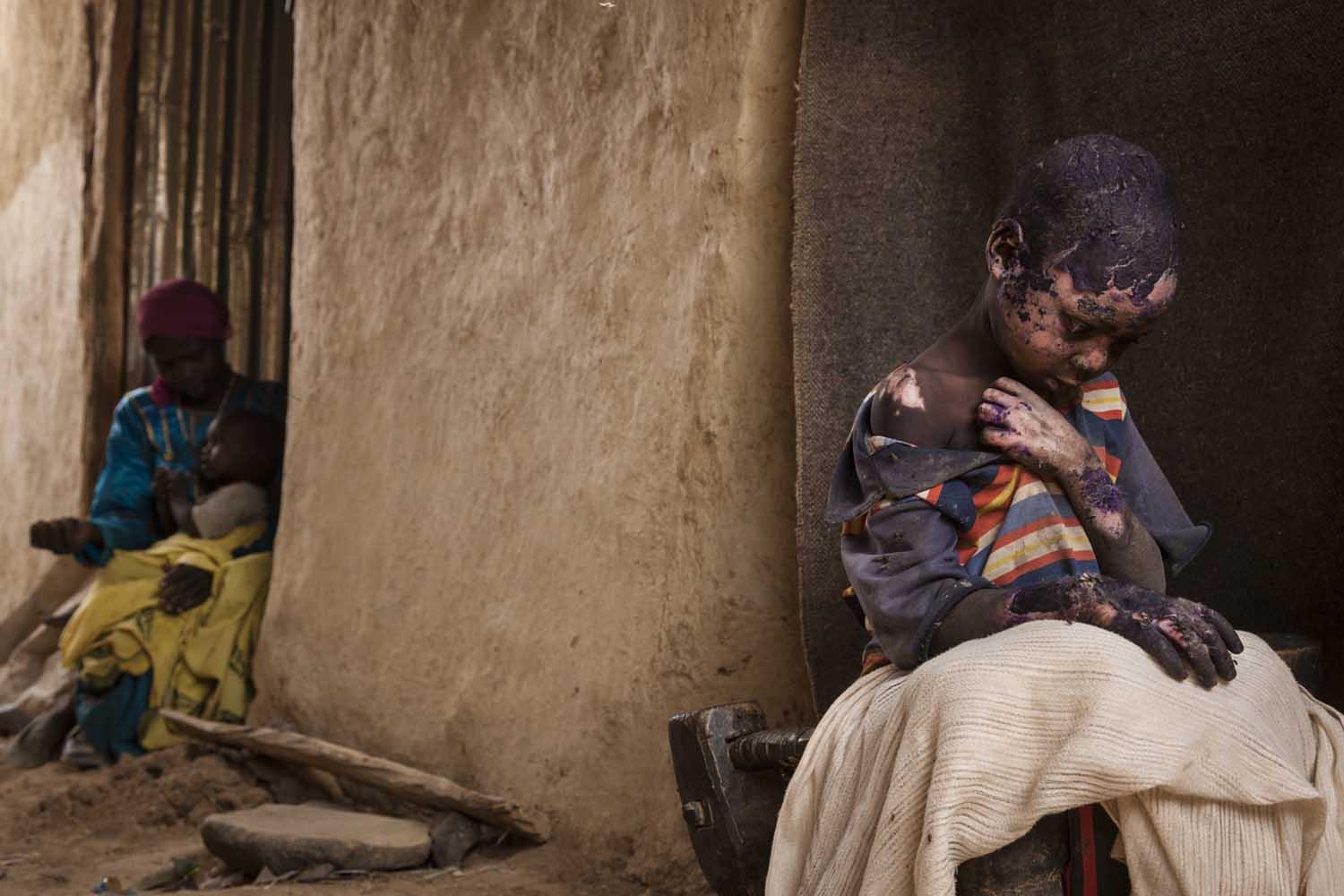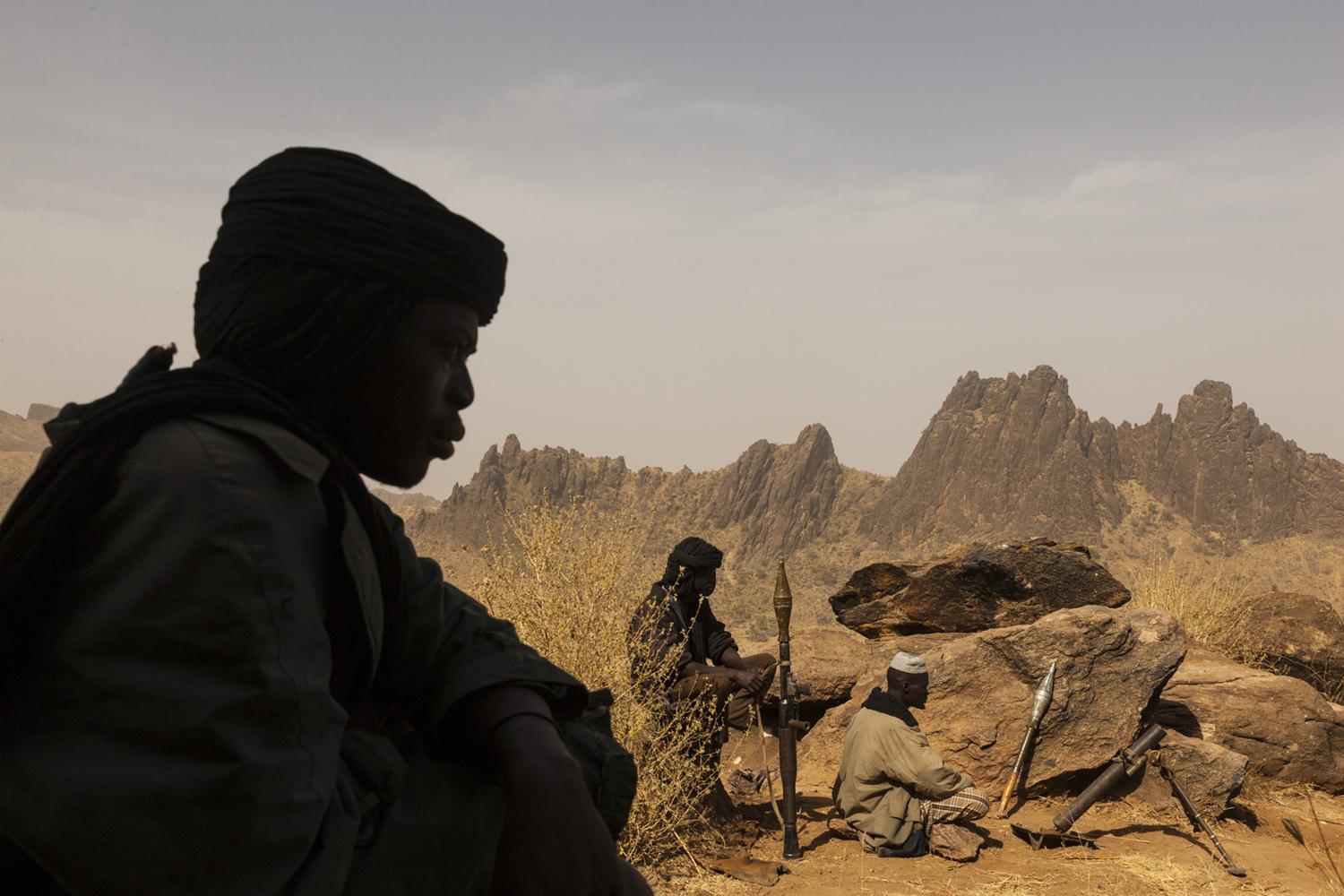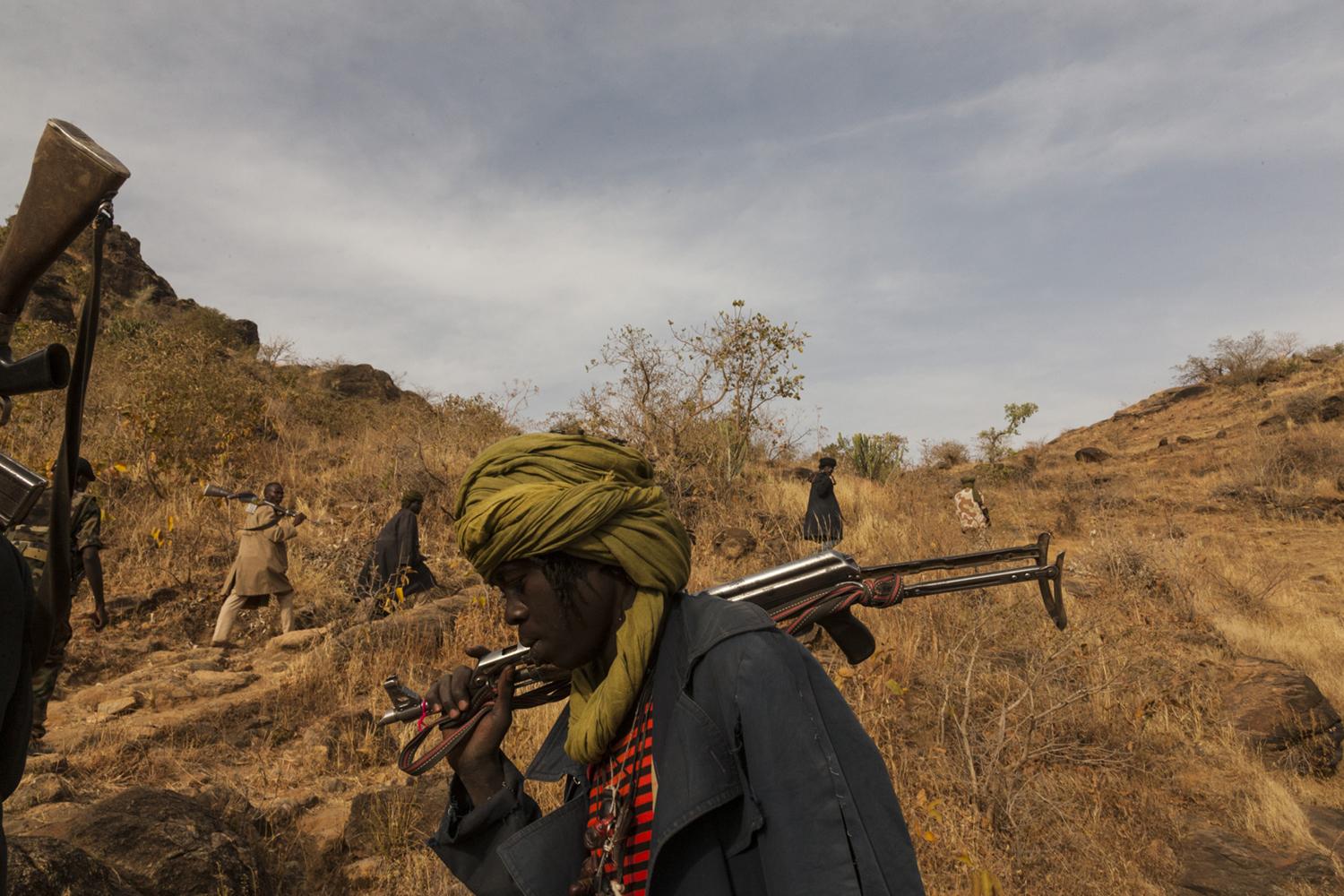The Forgotten Mountains, rebel-controlled Darfur, Sudan - Adriane Ohanesian, The Fence
8 years ago
"I have often found that the most upsetting scenes, while difficult and heart wrenching to watch are the most important to photograph."
画像

This blog is part of a series of exclusive interviews with the winners of The Fence 2016. The Fence is an large-scale outdoor photography installation exhibited in multiple major cities across the USA. Each year, photographers of all levels are invited to submit work that fits under one or more thematic categories. The Fence was conceived by United Photo Industries and Photo District News in 2011.
---
Adriane Ohanesian, born in upstate New York, received her B.A. in cultural anthropology and conflict resolution from Colorado College and graduated from the International Center of Photography’s photojournalism and documentary photography program in 2010. Upon the completion of her degree, she moved to Sudan and has been photographing mainly in Africa ever since.
Hi Adriane, can you tell us what first brought you to Sudan?
I did not originally travel to Sudan to photograph. I was invited by friends to explore the country and quickly became mesmerized by the diversity of the culture and the hospitality of the people. It was not until after I finished photography school in 2010 that I traveled to Sudan with the intention of photographing. I found myself in the largest country in Africa that was on the verge of a divide. Knowing that the South may soon separate from northern Sudan, I traveled to Juba, where I witnessed the formation of the world’s newest country.
画像

Many of your images show quite upsetting scenes, how do you find documenting these moments?
I have often found that the most upsetting scenes, while difficult and heart wrenching to watch are the most important to photograph. While I believe that these moments are important to capture, the death of a child, the destruction caused by a bombing, the intensive flooding of a refugee camp, these are also the situations and pieces of people’s lives that they want to show the world. I’ve often been taken by the hand and led to some of the most intimate scenes, settings that people want to be recorded. In the most horrific of circumstances there is often a mutual understanding as to why it is important to photograph and to document these moments.
画像

You have covered many news stories throughout your career, are there any which stand out for you?
The story of Darfur has been the most meaningful to me, both because there is hardly anyone reporting from the region, and because of the amount of time and effort that had to be put into planning and executing the trip. It is nearly impossible to access Darfur. It took over two years of speaking with people, and trying to make the right connections. From the very beginning I was working side-by-side with Klass van Dijken, a Dutch journalist, whose persistence made the trip possible. Something that we are more aware of now than ever, is that it may not be possible to access the mountainous region again, or at least it would be extremely dangerous.
If you weren’t in Sudan, where else would you like to be taking photographs?
I’ve continued to work in the rebel-controlled territories of Sudan because these are the regions that can be accessed more easily. All of the photos that I have taken in Sudan since 2010 have been outside the government-controlled areas. I was based in Juba, South Sudan from 2010 until early 2012 and have since lived in Kenya. I’ve been fortunate to be able to cover fairly diverse places throughout the region from Somalia to Djibouti, and Burundi. I’m slowly trying to diversify, and recently shot a story on pesticide usage in Punjab, India. I’m trying not to limit myself to East Africa, and will continue to follow stories wherever they may take me.
画像

Your images are taken at close proximity, do you manage to create a relationship with the women and children from the series ‘The Forgotten Mountains, rebel-controlled Darfur, Sudan’?
I try my best to build relationships with anyone I meet and photography. Maybe it’s brief and simple, but anything from a handshake to a cup of tea is important. I want people to be aware of why I am taking photographs, and I also think that the images will be stronger if there is an understanding between myself and the people that I am photographing. Darfur was difficult because we were constantly on the move in order to stay safe and cover as much territory as possible within a short amount of time. There is nothing more difficult than leaving people behind who are living in dire circumstances.
画像

Do you plan on staying in Sudan for much longer, what projects are next for you?
The government of Sudan is extremely controlling, and most of the stories that I have worked on have been without the permission of the government. The government has closed off most of the country to foreigners, especially the conflict areas that are scattered throughout the country. It’s been a government strategy for a long time to deny access, and therefore pretend that there are not any issues on the ground. This is why I think it’s important to continue working in Sudan, the war in Darfur is not over, there is fighting and suffering throughout the country and the government is lying to the world.







